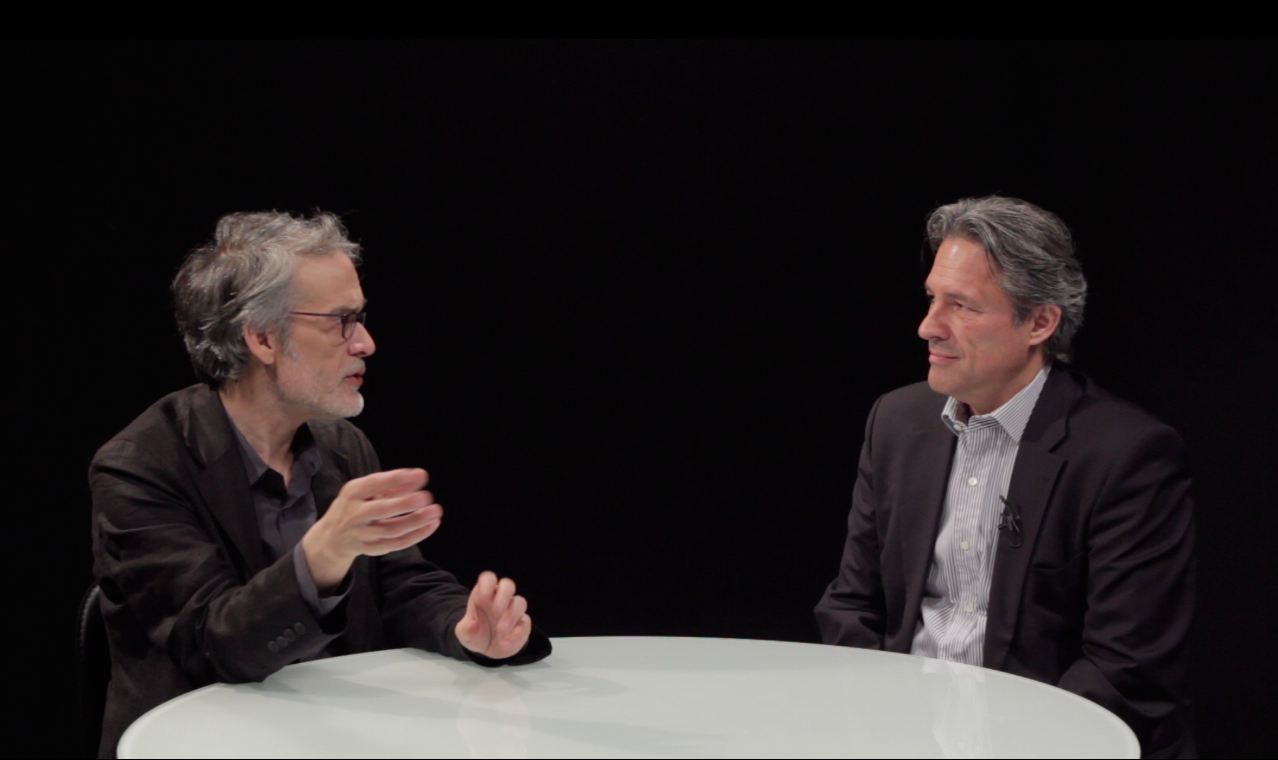Quite unexpectedly, I came across an article that speaks about the lessons learned from the Obama campaign. I think it’s great, it’s a humanization impulse to big data, it’s about relationships, the people behind data.
Joe Rospars, co-founder and CEO of Blue State Digital, the agency behind both of Obama’s campaigns, says it’s not about analyzing data but about using information to understand the people behind it.
Rospars says:
Big data is about having an understanding of what your relationship is with the people who are most important to you and an awareness of the potential in that relationship.
The five ways to turn big data into smart data according to Rospars are:
Understand there’s a person behind the data.
I think the biggest misconception about big data is that volume somehow equals sophistication. It doesn’t, necessarily. You can have a ton of data, but if you’re not using it intelligently, there’s no point. Better to have a program that is ultimately about people and the data is a reflection of your potential relationship with those people.
It’s not about big data; it’s about smart data used at scale.
“There’s a tendency with big data to say, ‘Mmm… I just want more data.’ But basically everyone already has too much data and the question is how to use it and integrate it within your organization. It’s about using it intelligently in terms of structuring your conversations with people around the best data you have.
Tools are just that…tools.
All of the tools we used or created were answers to challenges posed by our original mission and strategy: to go and have relationships with a whole bunch of people on the president’s behalf, get them involved, and use relationships in their communities. If your strategy relies on getting a whole bunch to do something, having the notion of a person in your database is very important. You can start by saying we have this great tool, but you have to know what you can do with it.
It’s not creativity or data; it’s both.
At its best, data and creativity combine and are harmonious and result in the best program possible. Many organizations tend to really be focused on and place a big bet on one or the other. But for us, it was about trying to hone both approaches. With fundraising campaigns, we’d have an opportunity to spend a week focused on trying to get people to give us money. A bunch of ideas would come from the creative process.
Data Up The Organization
Data, like digital, like tech, has to be something that a leader is comfortable with and native to and able to hold their internal folks accountable to. You can’t just say I’ve checked the data box. Leaders at the C-suite level and the people that sit on their boards really need to understand the data and what it says about their relationship with people, and then what their organization is doing in the digital space and traditional marketing to change that relationship, and then how are they are going to measure the success of those efforts. That’s a big thing, but it does ultimately boil down to leadership. Having the people who are digitally native have a seat at the table is something that every leader can do.
To read the full elaborations on Rospars smart data advice, go here.
Conclusions
The advice given is sound. Data is the representation of human action and its result. Understanding the people behind is a great approach.
As mentioned before on IntelligentHQ, it’s all about the people behind the tools and processes, their skills and team that make the difference in understanding what data really means in the context of their business.
In this article I’ve elaborated how data unlocks creativity, because indeed, it is both data and creativity.
The paradox in data fueling creativity is that often the two are thought to be mutually exclusive. From a left and right brain perspective this might be true. People that are great in analytics are not so good in the more right-brain aspects. I personally am more left than right or whole-brain, but what I noticed is that data directs me to certain solutions, to certain new campaigns, designs and so forth. Data and the output instructs me to test, look at competitors, consumer needs and then translate that into something that could have potential.
To me, creativity is multi-interpretable, and data can definately unlock creativity by providing you with insights you would never have thought of before. Data does not kill creativity.
Gianluigi Cuccureddu is co-founder of Damarque, helping you to improve your commercial performance through better engagement with your employees, customers and strategic business partners.
We offer high-impact training, coaching and consulting services for professionals, teams and organizations to help improve people ánd organizational performance and innovation capability in an efficient and sustainable way.



























